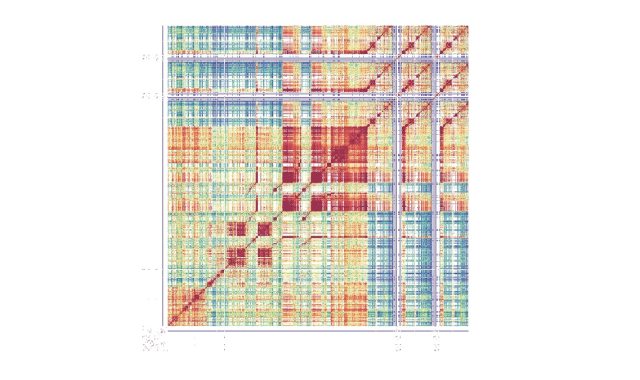Prestigious prizes for Caius Fellow
- 24 August 2021
- 3 minutes
Gonville & Caius College Fellow Dr Emilie Ringe has been honoured with two prestigious awards for her leading work on earth-abundant plasmonics, specifically the interaction of light with magnesium nanoparticles to trigger chemical reactions or destroy cancerous cells.
Chemical and Engineering News, by the American Chemical Society, named Dr Ringe as one of its Talented 12, a dozen young scientists trying to solve formidable global problems.
Dr Ringe says: “Being chosen as one of the 12 is a really great honour. I’ve looked at who had it before, and they went on to do many great things. It’s a big vote of confidence in my research and in my trajectory.”
The University Lecturer at Cambridge’s Department of Earth Sciences & Department of Materials Science and Metallurgy is also one of three recipients in 2021 of The Journal of Physical Chemistry (JPC) and PHYS Division Lectureship Awards, another American Chemical Society initiative. The society of physicists, chemists and chemical engineers is one of the largest of its kind in the world.
The nano structures of gold and silver have been used for some time to capture and use light’s energy, but these metals are rare and costly. Magnesium, an abundant metal, is the material of choice for Dr Ringe and her group, describing the work as being “a promising, uncharted territory” as early research at Rice University in Texas has continued in Cambridge. Dr Ringe and her group now know how to synthesise magnesium nanoparticles, how to control their size and shape, how to decorate them with other metals to run a variety of chemical reactions, and are learning how to scale these for industry.
“We’re working on materials which are not silver and gold, which you could actually scale for industrial use,” Dr Ringe says.
“The research has been recognised because it is to do with the application of an abundant biocompatible, exciting material in a field that has potential impact, where the impact has been slowed by the adoption of really expensive metals.”
Gold is currently being used in a clinical trial in photothermal cancer therapy, where the particles are injected into a tumour, radiated with light, selectively heating up and killing the cancerous cells.
The cost of gold may not be an obstacle in cancer treatment, but its price is a barrier for industrial use, where kilograms and more are required. Magnesium is a potential answer in photocatalysis, where a chemical reaction is triggered by light, with boundless potential to be explored.
“The big challenges. Can we make hydrogen? Can we reduce CO2? Can we make ammonia?” Dr Ringe says.
“It doesn’t matter much which reaction we’re talking about. It’s a mechanism for grabbing sunlight and putting it where it matters for this technology to have an impact.
“That’s a field that’s slowly getting started, not just for magnesium, but for gold, silver, and aluminium. It’s 10 years old and we come at this with magnesium, which is really cheap and can interact with sunlight efficiently.”


